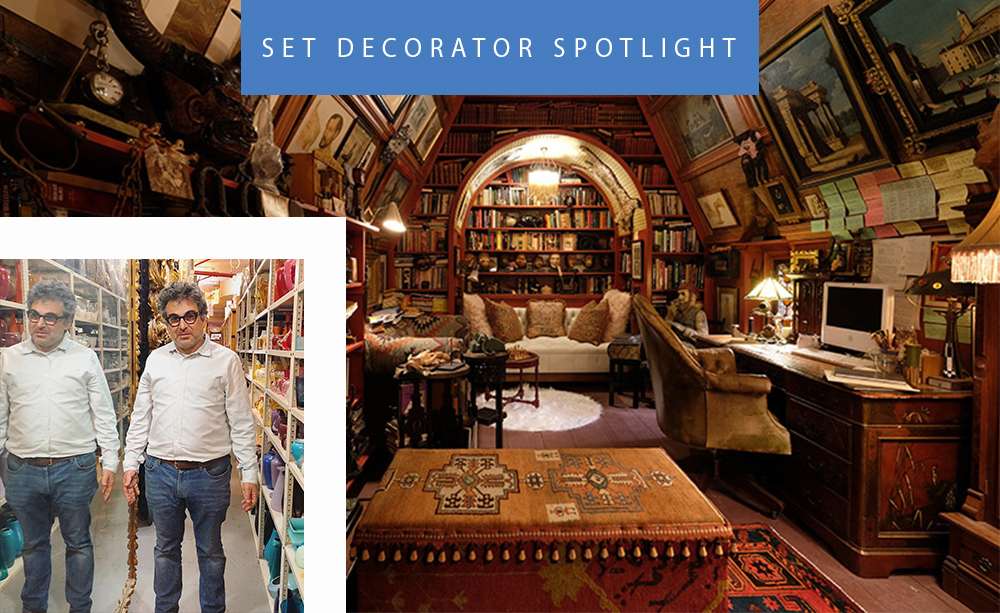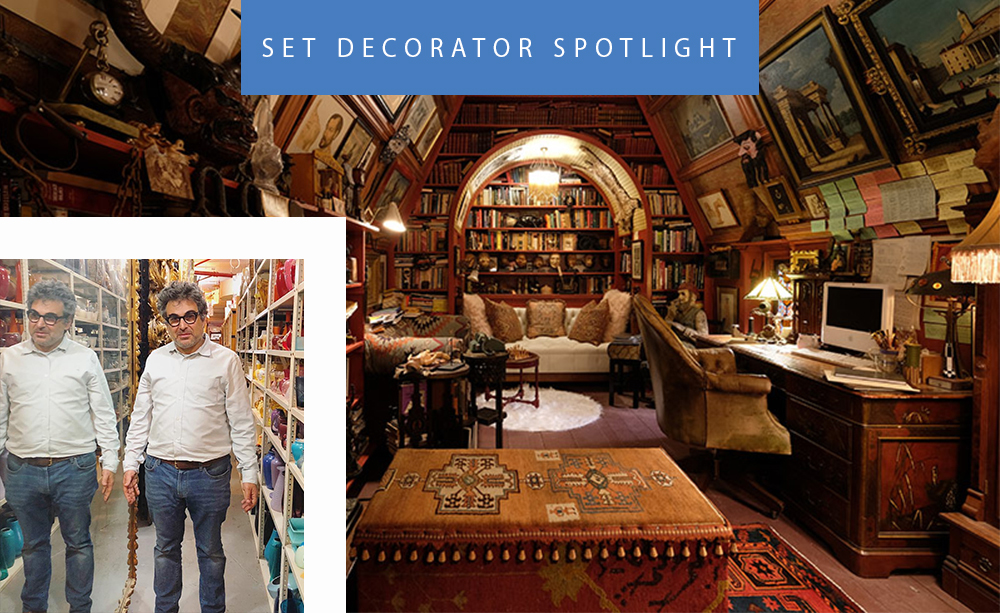
When I was seven years old, my second grade class made a film as a class project. It was about a magical flying carpet. I was the art director. The rate was terrible, and we only had juice boxes for craft service, but I learned a lot. Years later, I graduated from college with a degree in art history and minors in photography and classical civilization. I had totally forgotten about my early days in the film industry and had no idea what I wanted to do. I loved art history, and my professors were encouraging to pursue the field. A PhD was not in my future. Not knowing what I wanted to do when I grew up, friends kept suggesting film. I was actively involved in photography, and there was a lot of buzz about film-making happening at LSU, where I went to school. Steven Soderbergh has just made Sex, Lies, and Videotape, and it was in the air. I sorta remember going to a meeting at LSU for people interested in working on Sex, Lies, and Videotape…I think I did…anyhow…I graduated and was unsure of what to do next. I applied to the USC graduate program in film, and did not get in. I thought I would try to get a job on a movie and reapply. The first job I went after was Everybody’s All American. Somehow, I found the producer’s phone number, called him up, and asked if I could be the still photographer. He politely said no.
I took a job at a camera store in New Orleans. One afternoon, the production office coordinator for the movie Miller’s Crossing (it shot in New Orleans) called, asking for a good price on Polaroid film. Back in the day, movies used Polaroids for continuity photos. She needed many cases of it and wanted a deal. I told her, “I will give you a great price, and you will be the hero, but I will also likely be fired, so I want a job.” I sold to them below cost, and she arranged for me to meet with the DP, Barry Sonnenfeld, to be the camera PA. He hired me! Perfect, but a week before I started, they called to say the had to give that job to a political hire, but I could be the special effects PA. So, that was my first, and to this day, best job in the film industry. I learned from that gig one of my most important lessons: always have options and more than one way to solve a problem. My next job was in set dressing, and from then on, I stayed in the department. I had found the place I belonged. Recently, I learned my grandmother’s first cousin was Stanley Fleisher. Stanley was a supervising art director for Warner Brothers in the golden years of Hollywood. I guess it’s in my blood

